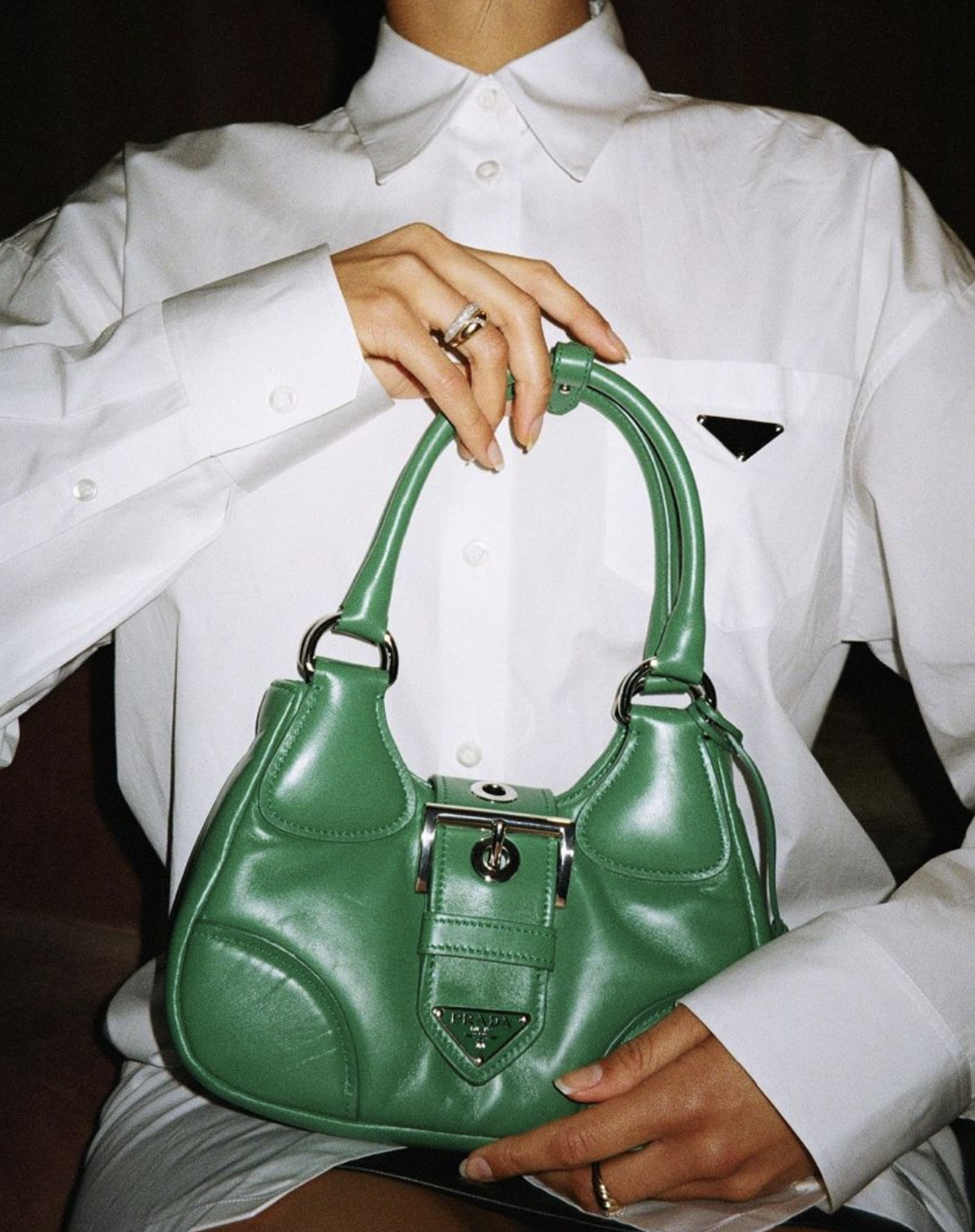Understanding the Key Differences Between Men’s and Women’s Fashion
The world of fashion is a varied domain where innovation and societal influences merge, providing a wide range of styles for all genders. Although some features are common across these categories, there are unique distinctions that originate from historical backgrounds, cultural standards, and changing fashion fads. This discussion delves into the fundamental differences that define fashion for men and women.
Background and Development Over Time
The evolution of fashion has been significantly shaped by gender roles throughout history. Historically, women’s fashion has been more elaborate and vibrant, designed to highlight femininity and social status. From the opulent gowns of the Victorian era to the flapper dresses of the 1920s, women’s fashion has often prioritized aesthetics and form over function.
In contrast, men’s fashion has traditionally focused on utility and practicality. Throughout history, menswear has been more consistent, emphasizing durable materials and straightforward designs that underscore masculinity and professionalism. For instance, the classic three-piece suit, which emerged in the late 19th century, remains a staple in men’s wardrobes globally.
Composition and Shape
A significant distinction is found in style and outline. Fashion for women frequently explores a range of outlines, including flared dresses, fitted skirts, and ruffled tops. These garments are designed to highlight different figures and frequently feature elaborate elements like gathering, folding, and stitching, which enhance texture and appeal.
Men’s clothing styles, on the other hand, highlight more defined and angular shapes, like jackets, straight-legged pants, and collared shirts. The main objective is often to establish smooth lines and distinct angles that amplify an air of elegance and command. Designs and features tend to be more understated in men’s attire, preferring pinstripes or simplistic patterns.
Fabric Choices and Textures
Fabric selection is another differentiator, with women’s clothing often utilizing lighter, more delicate fabrics such as silk, chiffon, and lace. These materials allow for movement and fluidity, enhancing the intricate designs that are characteristic of women’s fashion.
In contrast, men’s attire frequently incorporates robust fabrics like denim, tweed, and wool, chosen for their resilience and structure. These textiles reflect the functional origins of men’s garments, catering to needs such as insulation, protection, and longevity.
Color Scheme and Designs
The application of colors greatly differs in each case. Women’s clothing showcases a wide range of hues, from soft pastels to strong, vivid tones. It incorporates floral designs, polka dots, and abstract motifs that bring character and style to the garments.
On the other hand, men’s clothing styles usually prefer a more muted set of colors, frequently featuring shades such as navy, black, grey, and earthy hues. Patterns are generally traditional, with timeless designs like checks, stripes, and plaids being common.
Social Impacts and Anticipations
Societal expectations play a crucial role in shaping fashion trends. Women’s fashion often responds to an evolving societal narrative that seeks to balance beauty with empowerment. Contemporary designs increasingly blend traditional femininity with modern pragmatism, reflecting shifts in gender roles and expectations.
Men’s fashion is also influenced by societal norms, often emphasizing professionalism, authority, and a sense of rugged masculinity. However, recent years have seen a gradual shift, with more men embracing fashion-forward choices that allow for self-expression and breaking away from traditional norms.
Accessory Trends
Accessories further highlight the differences in men’s and women’s fashion. Women’s accessories include a wide array of choices such as statement jewelry, handbags, scarves, and hats, designed to complement and elevate the overall look.
Men’s accessories are generally more conservative, often emphasizing practical items such as timepieces, neckties, and waistbands. Nonetheless, there is an increasing trend towards bolder accessory options, like wristbands and caps, showing a wider embrace of varied styles in men’s clothing.
As we explore the rich variety found in fashion, it becomes clear that despite the similarities between men’s and women’s fashion, their distinctions are deep and meaningful. These differences showcase not only personal style choices but also changes in culture and the progress of society. Fashion serves as a dynamic form of expression that consistently adjusts to the evolving context of gender, identity, and artistic values.



